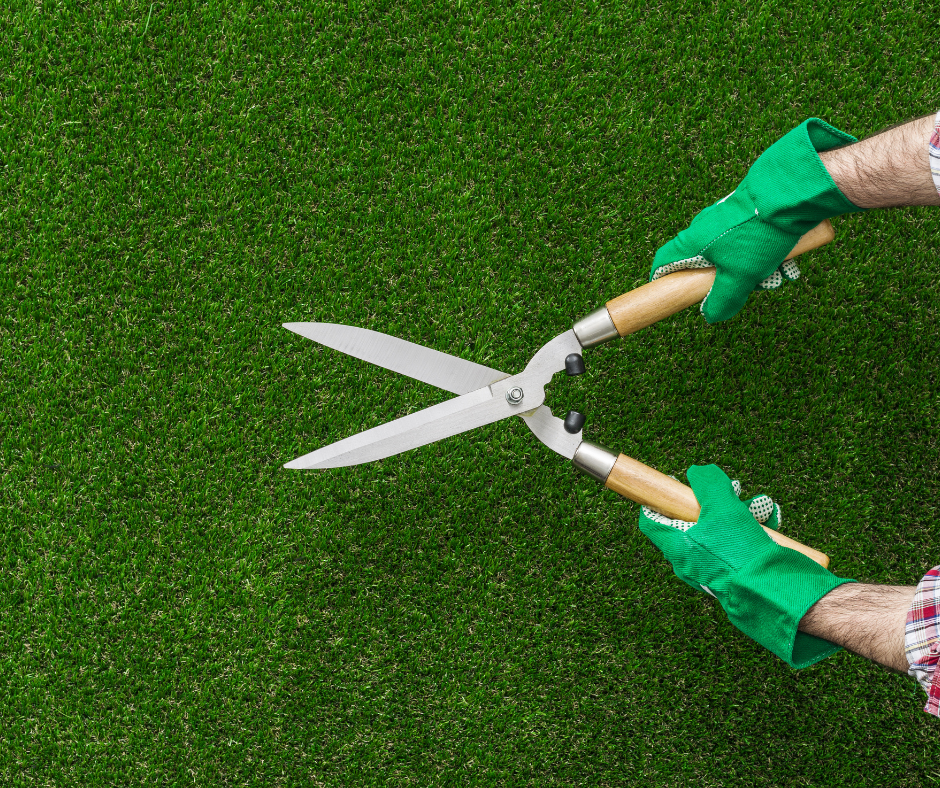
You looked out your window one morning and decided it was time to take charge of the greenery around your house? Or, you pulled up to your home one day, and felt like it did not live up to the vision in your head? Or perhaps you made it a New Year’s resolution to spend more time outside and move your body more. Either which way, you’ve caught the gardening bug big-time, and now it’s time to start. But where and how?
The home gardener has their roots in the early agrarian who cultivated small edible gardens for sustenance right where they lived. This continued with many peoples throughout history until their societies developed networks of trading, bartering, and societal/economic specialization. Since then, home dwellers have been able to focus less on edible gardens, and add more diverse, ornamental plantings to their homes. Today, homes are all over the map with any mix of gorgeous floral displays, vegetable and herb gardens, wetlands plantings, you name it!
If you want to become a part of this long tradition of home gardeners, here is our home gardener survival kit to get you started!
Protect Yourself from the Elements
The number-one must for any kind of physical work outdoors is to properly prepare and protect yourself! We can’t stress this enough. Gardening is a physical activity, and you absolutely need to keep your body in mind. Here are some musts:
Hydrate
No matter the weather, but especially in the hotter months when most gardening happens, it is integral to hydrate! Drinking water throughout the day and during activity will keep you alert and strong. When dehydrated you make more mistakes, get tired more quickly, and are even grumpier. It will also help with any soreness and fatigue in the following days.
Sun protection
Also a requirement! The American Academy of Dermatology recommends using a sunscreen with at least SPF 30 during all outdoor activities. Protective clothing and a fun gardening hat are also a necessity.
Stretch!
Stretch your muscles after a long day (or even just an hour or so) in the garden, this will help you recover quickly. Gardening most likely will use muscles you aren’t as used to working.
Insect Protection
Insects in the garden range from annoying to dangerous. Apply a basic repellant or a product with DEET to skin and clothing if you’re dealing with ticks.
Invest in good protective gear
This means a great pair of gloves, not the thin fabric kind that is easily penetrated. Also, eye protection, ear muffs or plugs if you plan on running any motorized equipment, and knee pads, kneeling pads, or a small stool if the bending is hard on your joints. Long sleeves and pants are recommended if you are in brush or long weeds!
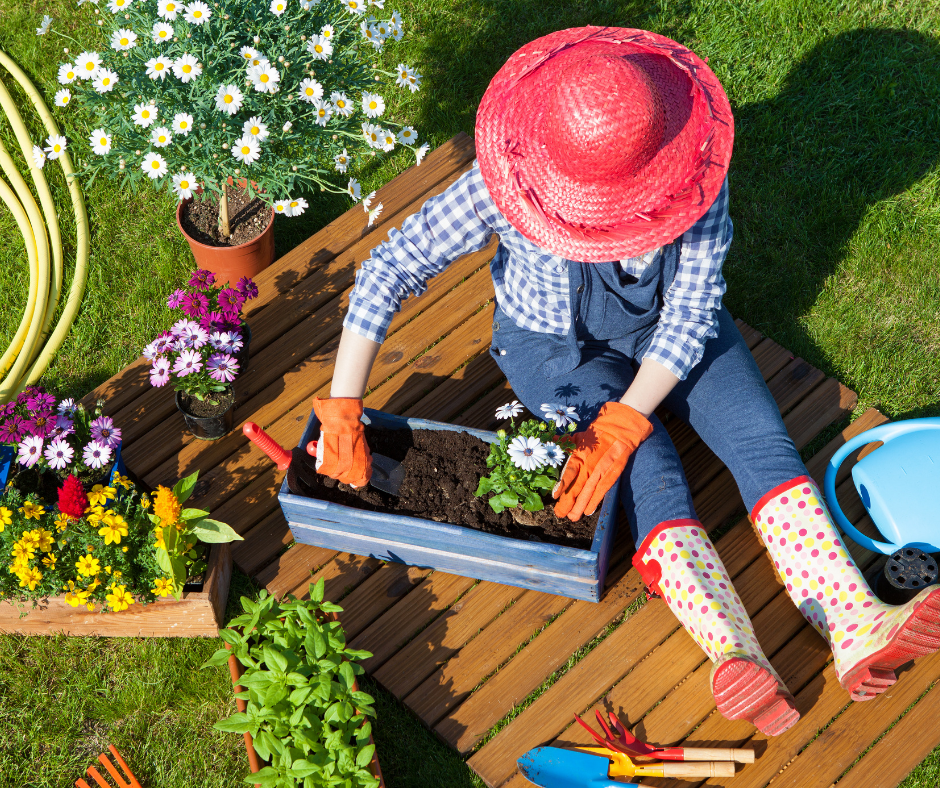
Must Have Gardening Tools
Walking into a garden center can be overwhelming. There are seemingly endless tools for every kind of specific task and it can be hard to pare down to what is really needed. There are also some places you can scale back, but others where we recommend splurging. Here is a good checklist to start:
Pruners
When trimming, deadheading, and propagating, this tool will become an extension of your hand. It will quickly get frustrating if they constantly need sharpening or have trouble cutting through thin stems. Get a nice pair.
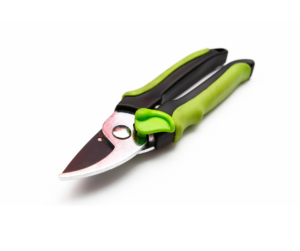
Trowel
In our experience, this is another tool that will get used constantly for planting, transplanting, and removing smaller plants. A cheaply-made trowel will bend and warp every time you hit a rock or thick root.
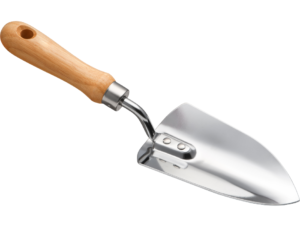
Spade
Spades are great for digging large holes, digging up well-rooted plants, and more. This is a jack-of-all-trades tool.

Rake
A rake is often the first tool we touch in childhood. Aside from raking leaves, this can also help move any gravel or loose paving material back into place, distribute mulch, or aerate soil.

Wheelbarrow
Once you have one, you won’t know how you were surviving without it. Use a wheelbarrow to carry your tools, transport heavy hoses, move soil, mulch and plants, or give someone a ride (be careful!).
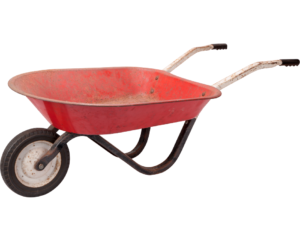
Motorized Tools
For any motorized tools – movers, weed-whackers, hedge trimmers, and ESPECIALLY saws – it is 100% necessary that you read through the manuals before use. Maybe even watch an instructional video or two.
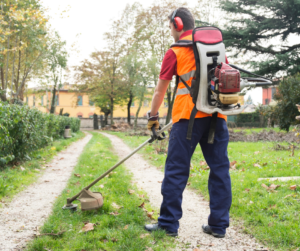
Keep a Garden Journal
Now that you are all tooled-up and protected, it’s time to get to know your yard! Take some moments throughout the day to take note of the conditions. This will be key to understanding your garden’s specific needs and patterns.
Here are some things to include:
Shade and Light in Your Garden
re there parts of your space that get sun all day? Parts that live in the shade? Take note of how the light moves throughout the day. This will inform a lot of your planting decisions
Get to Know Your Plants
Know them by name and habit. You don’t have to become a plant scientist, but a good home gardener will know what they are working with. Buy a plant guide book specific to your region and make sure it includes weeds too. Sun, water, and soil needs are a good place to start in gathering information.
Learn Plant Personalities
Write down any observations about your plants. Hydrangeas look dramatic and wilty after just a couple days without water. Some potted plants bend to the light and may need to rotated every day or so. Having these kinds of notes handy will be a huge help in the long run.
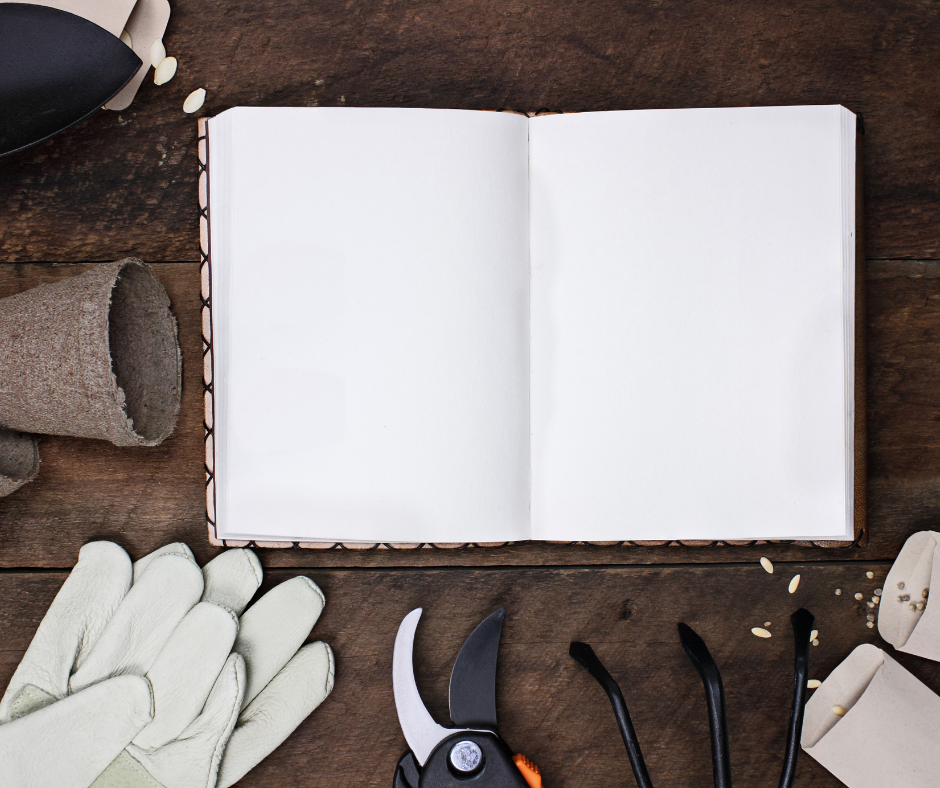
Read more about: Gardening Tips